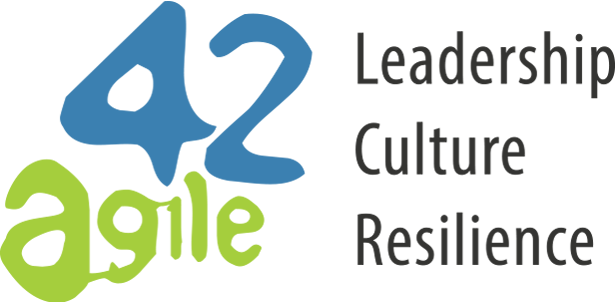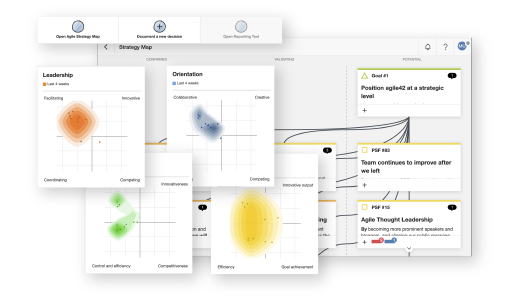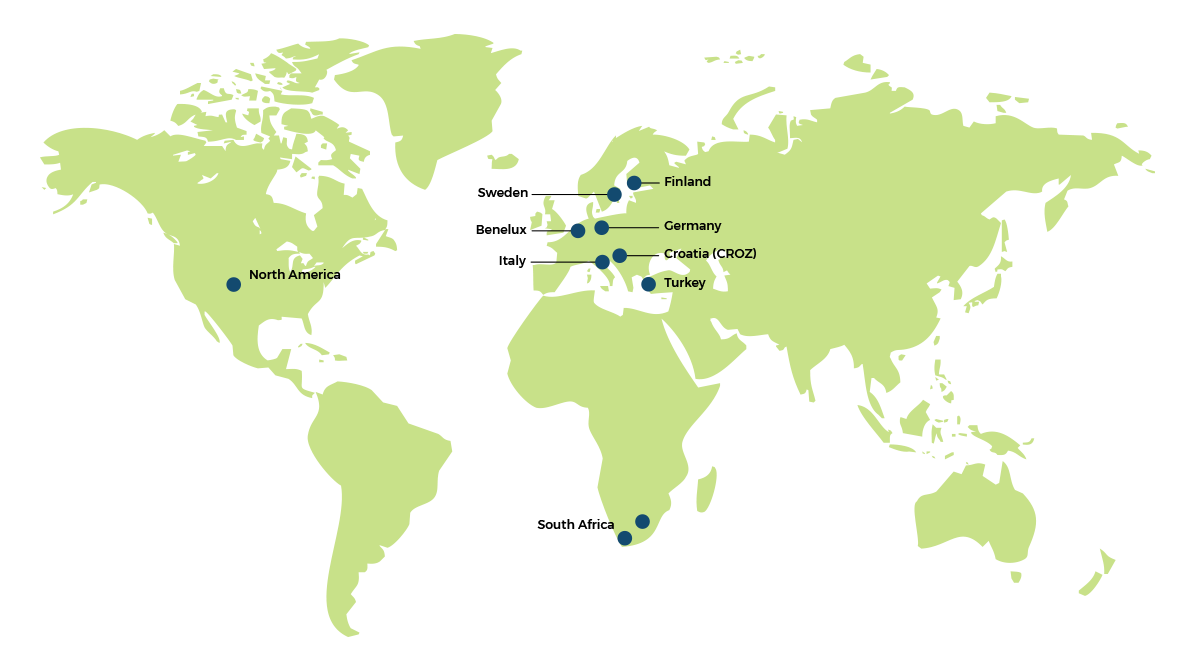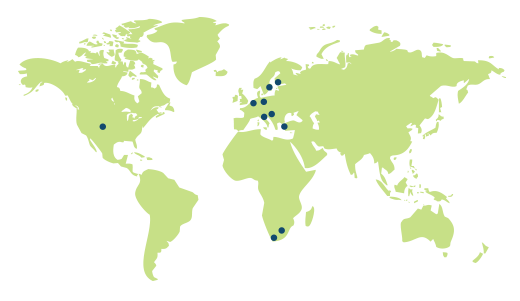How to work remotely as a team – Part 1

We have been working with our clients to help them establish strong working teams as they rapidly adapt to working remotely. While the immediate focus is on technology, creating high-performing remote teams requires more attention to the soft skills than many may think.
Distributed teams have to spend more time setting up an environment for successful online collaboration. The technology, while essential to making remote working possible, can be clumsy to set up and work with. While there are many resources for making the barrier to utilize technology lower, we typically invest our time on soft skills; building rapport and understanding on a newly remote team.
The first agile value, ‘individuals and interactions over processes and tools’, reminds us that tools only get us so far. In our conversations, we have learned to break down the individuals and interactions into three key steps: connecting socially, working virtually and maintaining attention.
Connecting Socially
High-performing teams are much more than a group of individuals working on their tasks. Every team member depends on the others not only for support in getting the job done but also for social connection. Establishing this social connection between remote team members must be a priority, but this is often overlooked.
Remote work requires a much deeper sense of connection. Each member needs to feel comfortable reaching out without being able to gauge feedback from visual cues. In this way, everyone appears more vulnerable when asking, what might seem to be a daft or obvious question. Just as critically, some might also miss out on the connection points they used to have, including the after-lunch coffee or regular walk to the snack box with a colleague.
Remote teams need a sense of normalcy, and creating (or re-creating) a team identity can be a fun way of doing this.
Establishing a Digital Persona
Human beings are social beings and we all want to belong. In Fact, Simon Sinek’s book Leaders Eat Last, says that great teams have an inherent safety that strengthens safety and connection.
Once we are remote, that belonging is even more important. We no longer share a common workplace, and need to create something that makes us smile, and is something that we secretly want to share, even if we don’t.
Here is an activity to try: As a team, create a wild and funky digital persona that everyone relates to so that the team can create a team spirit for working together online.
- Have a simple team identity (name, graphic) that we can explain to others
- Every team member has their own avatars and online persona
- Understand a little about every team member and their *new* work reality
- The team mission is written in 1-2 sentences and shared with the whole team
Creating Rituals
The social aspect of face-to-face working can get swamped when working remotely, by the need to present results and simply get things done.
This social fabric is important. It builds rapport and empathy. It allows teams to decompress and individuals to take a break. And good social rituals and traditions make you smile and create unexpected connections.
Try this exercise: As a team, work together and formulate online rituals and traditions that mirror your offline rituals and traditions, so that you have a framework for our working day.
- Define a new ritual for taking a break and reconnecting as a team during our working day
- Create two new traditions for recognizing our teammates
- Create a new social tradition to end the week
Revisit Working Agreements
How we operate as a team – the working agreements that allow a team to function – are invaluable in the new remote context. Different communication channels will probably be needed, and there are decisions and responsibilities that may have changed as a result of moving online.
Here is something to try: As team members, articulate how to work together as a team, so that you have working agreements in place before you start working together.
Create a page for the Team’s Working Agreement, including:
- How do we reach agreements/make decisions?
- When and where do we do standups?
- What do we value most?
- What will we not do? What will we always do?
- How do we share learnings across the team?
Maintaining Focus
Working remotely, especially under non-ideal conditions (such as balancing child care with work, or sharing a working space with other family members) makes staying focussed hard. Online buddies help stay connected and share a little of the load. Buddies are not managing work or judging what goes on, but rather providing a little light relief and validation of the absurdity of daily life at times.
Here is a tip: Find one or two buddies to stay close and share your working day with, to help stay connected and stay focused.
- Every team member has 1-2 buddies they connect with daily
- The buddies may be outside of their team
- How they connect and about what is left to the buddies to figure out
In summary, social connection forms the foundation from which high-performing teams can work together. Just as online collaboration requires more time than face-to-face collaboration to establish rapport and allow for sufficient communication, so remote teams need extra attention on the human connection to allow social connection.
For other key skills on remote teams, stay tuned for our next post. It will focus on working virtually and maintaining attention.
To help you create the perfect working environment for your remote team, we’ve created a Don’t Panic list for you. If you have other ideas or questions, let us know in the comments.







